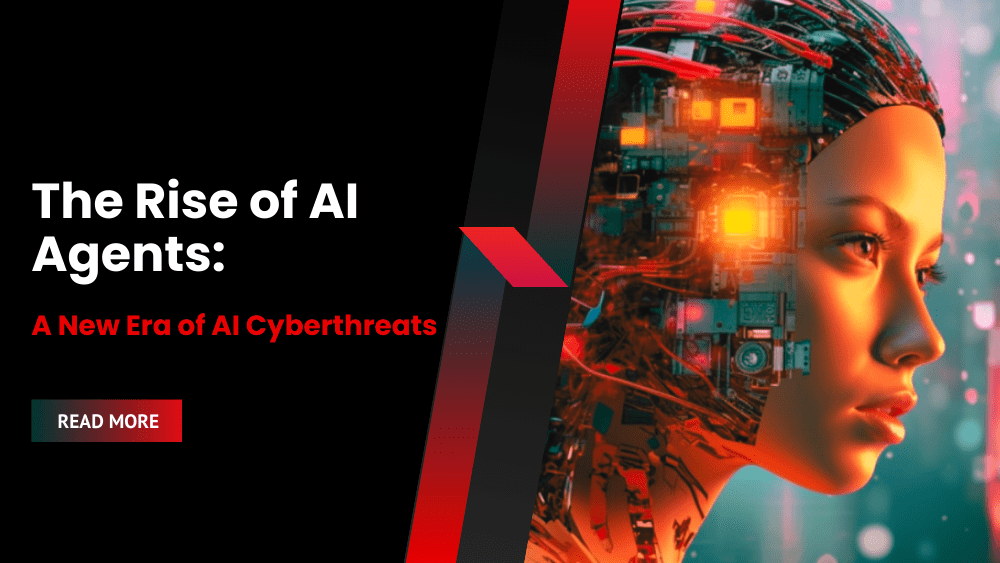The cybersecurity landscape is evolving rapidly, with AI agents emerging as a significant threat. These autonomous tools, capable of executing multi-step problem-solving tasks, represent a powerful upgrade for cybercriminals. The concern is not just the increased sophistication of attacks, but also the sheer scale and velocity they enable.
The Growing Threat of Agentic AI
Security experts identify AI agents as one of the most significant threats in 2025. Unlike previous AI-enabled hacks relying on generative tools like GPT, AI agents act as active collaborators for cybercriminals, working tirelessly and autonomously. This poses a considerable challenge to cybersecurity defenses.
“The risk of agentic attackers is that it could make ‘big game’ attacks an everyday norm, overwhelming security teams,” warns Mark Stockley, cybersecurity evangelist at Malwarebytes. These “big game” attacks target high-profile organizations with substantial financial resources. Stockley further emphasizes that AI agents could dramatically scale up ransomware attacks, overcoming current limitations.
Increased Collaboration Between Criminal Hackers and Nation-States
Adding to the complexity, Google’s Threat Analysis Group highlights growing collaboration between financially motivated hackers and nation-states seeking to conceal malicious activities. This collaboration creates a resilient criminal ecosystem, making it difficult for law enforcement to disrupt operations.
“The marketplace at the center of the cybercrime ecosystem has made every actor easily replaceable and the whole problem resilient to disruption,” states Sandra Joyce, vice president of Google Threat Intelligence. This resilience necessitates a more robust and proactive approach to combating cybercrime.
The Velocity of Risk: More Code, More Vulnerabilities
The increasing use of AI in software development introduces another layer of risk. AI-generated code, often trained on vulnerable codebases, introduces new vulnerabilities that hackers and their AI agents can exploit.
“Unfortunately, all the models were trained on code that has vulnerabilities, so the generated code will too. That means more code, more vulnerabilities, more velocity, and more risk for consumers,” explains Jeff Williams, co-founder and CTO of Contrast Security. This increased velocity of vulnerabilities significantly amplifies the threat.
AI Agents and the Shift in the Cybersecurity Landscape
The proliferation of AI agents could disrupt the existing balance between skilled hackers and security professionals. AI agents can automate tasks like creating realistic phishing emails, scaling attacks beyond the capabilities of individual hackers. They can also provide strategic guidance, assisting in exploiting successful attacks for financial gain.
“In the short term, organizations will need to turn to automation to ensure their attack surface is always as small as possible, and that security teams are free to focus on high impact, high value work,” advises Stockley. He also suggests investing in cybersecurity-focused AI agents as a long-term defensive strategy.
The Escalation of Attacks: Ransomware and State-Sponsored Actors
Malwarebytes’ report indicates that well-funded ransomware gangs could leverage AI agents to conduct simultaneous attacks on multiple targets. The increased collaboration between criminal hackers and nation-states further exacerbates this threat. State-backed actors possess significantly more resources and patience, making them particularly dangerous adversaries.
Google’s report emphasizes the cumulative impact of numerous financially motivated intrusions, straining national economies and overwhelming cyber defenders. Countries like Russia, Iran, China, and North Korea have all been implicated in using cybercrime for espionage, funding, and other national interests. A seemingly ordinary ransomware attack could easily mask a far more sophisticated and dangerous state-sponsored operation.
Protecting Against AI-Powered Cyberthreats
Businesses need to prioritize modernization of legacy systems, a common target for both ransomware gangs and state-backed actors. While completely outmatching state-backed hackers is difficult, basic security improvements can significantly reduce vulnerability. The rise of AI agents necessitates a proactive and multi-layered approach to cybersecurity









